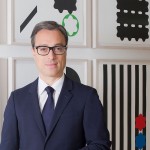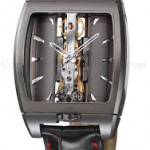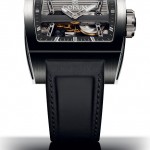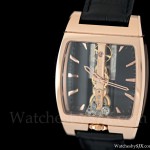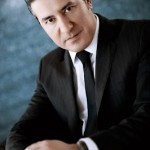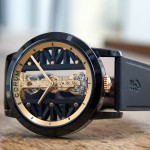Interview: Lisa Bridge, CEO of Ben Bridge Jeweler
The expansion of a family-run retailer staying local.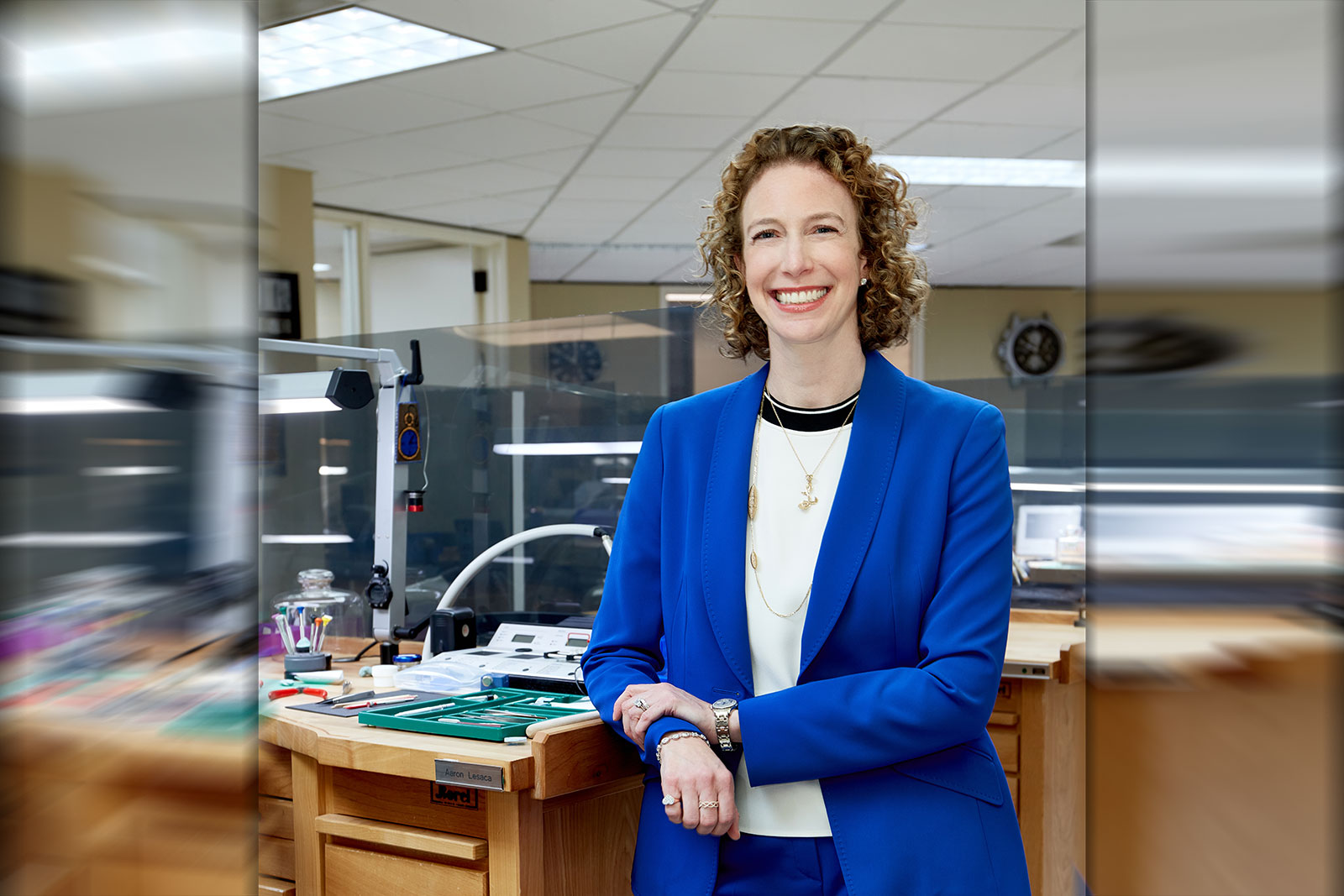
Luxury watch retail has transformed markedly in the past decade – from the rise of mono-brand boutiques and e-commerce, to industry consolidation and the growth of the secondary market – traditional retailers have had to navigate several converging trends. We sat down with Lisa Bridge, chief executive of Ben Bridge Jewelers, to hear her views on these topics.
Founded in 1912, Seattle-based Ben Bridge Jewelers is one of the largest watch and jewellery retailers in the western United States, operating 35 locations in nine states from Colorado to Hawaii. Although the company was acquired by Berkshire Hathaway in 2000, it continues to be run by the Bridge family.
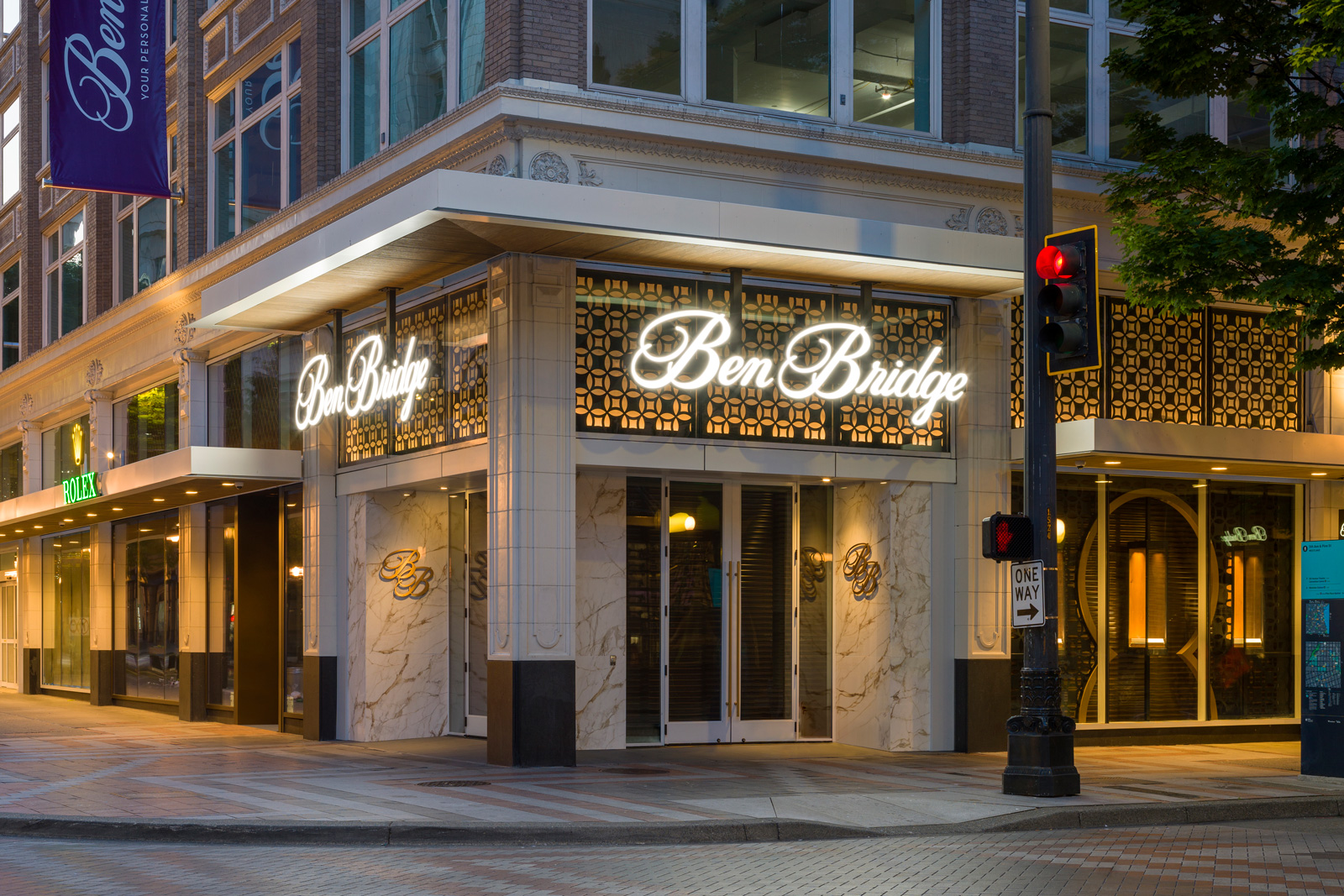
The interview was edited for length and clarity.
Brandon Moore (BM): What do you see as the biggest growth drivers in the U.S. luxury watch retail sector over the next few years?
Lisa Bridge (LB): It’s been an exciting renaissance in the watch industry over the last few years in terms of the number of people who have a real interest and a real desire to collect and to be passionate about watches.
It’s not necessarily what people predicted a few years ago when people were talking about Apple Watches as an existential threat to the Swiss watch industry. Instead, it’s been the opposite. [The Apple Watch] got people wearing a watch and then going, oh, let me learn more about this watch thing.
And the experience for customers has also increased and will continue to improve over the next few years in terms of the environments that are being created. There’s a lot to be really excited for in the years ahead.
BM: When you say experiences, are you talking about something like the Timeworks format [of stores specialised in mechanical watches]?
LB: Yes. One of the things I’m really proud of that the Timeworks team has created is really a home for collectors. They’ve hosted a lot of different types of events that have brought in expertise, whether that’s in watchmaking, from a brand, or just in celebration of what’s new.
Last year they had a Watches & Wonders watch party, and everyone had paddles with ‘thumbs up’ and ‘thumbs down’ to vote for their favourites. It was really fun, and they’re going to do it again this year. You can really create a community in a space like that.
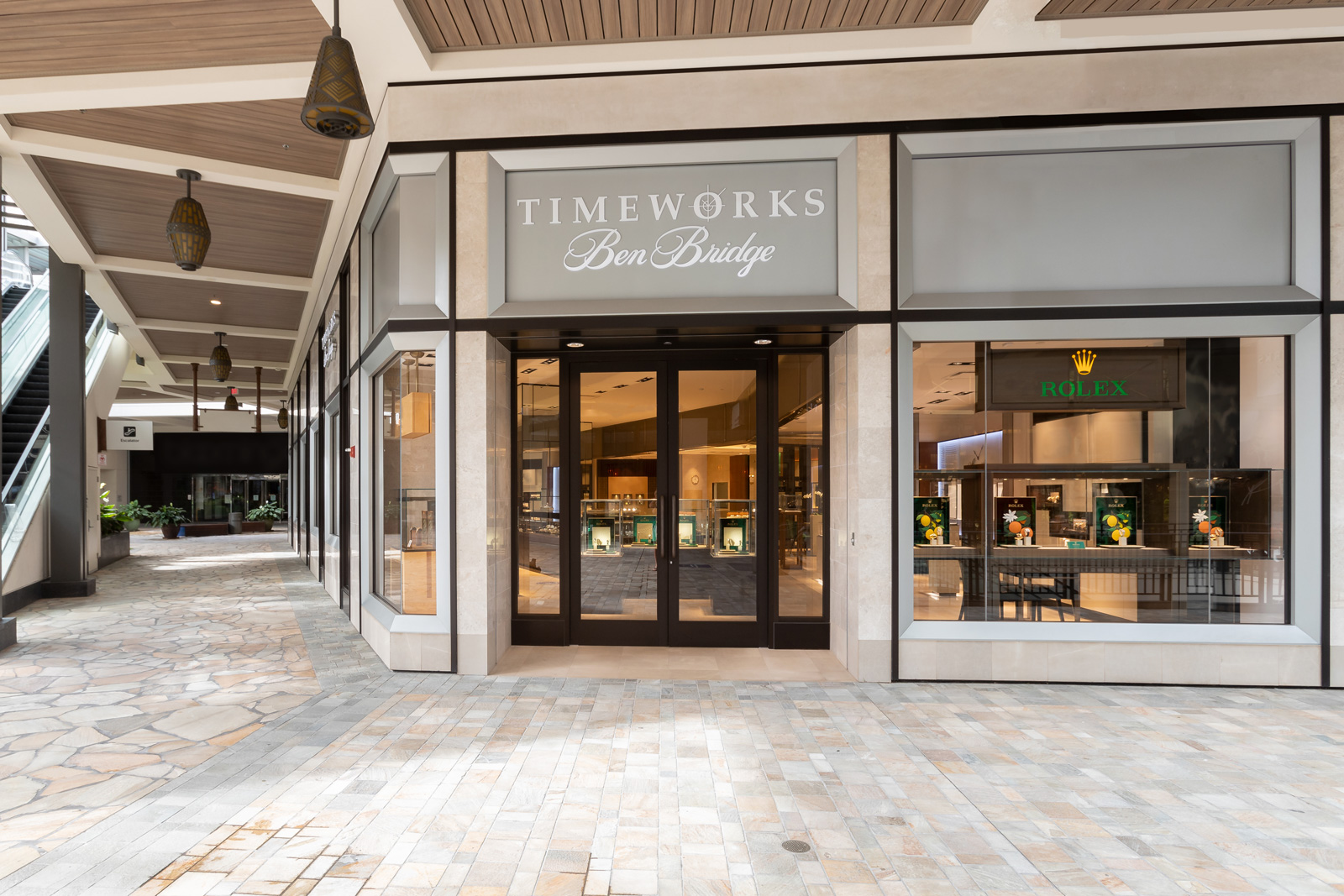
BM: Let’s talk about the mono-brand boutique model. Many big brands, particularly those owned by the luxury groups, but also independent brands like Audemars Piguet, have been shrinking their third party retail network, especially over the past few years. How has this affected you?
LB: Yeah, it is an interesting shift. I understand their desire to own that experience and to have more control, but I think there’s so much to be offered from a multi-brand environment where you can expose customers to a variety of different watches. You can provide education and knowledge and people can move between them – that’s good for the brands as well because it provides awareness and the ability to bring new customers in. There’s a place for both across the country, and it just depends on the location, what makes the most sense.
BM: A case could be made that the groups that have started to try to own more of that experience have done so during a period of almost unprecedented demand. And so I’m curious, do you think that that trend of consolidation will continue now that demand is levelling out?
LB: The market levelling is a good thing. There’s a fascinating ebb and flow of the trends across the industry and it depends on the brand to find that right balance of how many points of distribution they have. But certainly there are some who have contracted significantly.
BM: The watch retail market is still fragmented in most places. The last few years have seen regional retailers go national, and national retailers go international, particularly in big Western countries. Bucherer and Watches of Switzerland are two good examples of this. What are your thoughts on this sort of M&A and consolidation in the retail channel specifically?
LB: It’s been a really interesting period to watch. For us, we want to be involved in each community in which we operate. And so we are really very strong across the [Western United States], and we want to be that local place that you’re going to come and visit on the weekend and build that connection and that relationship.
We also believe in giving back and being a part of the fabric of the community. And whether that is putting our new flagship store in downtown Seattle and investing in the city when others aren’t quite as sure about where the city is going to go.
For us, it’s really important to know who and what we are and what we’re trying to achieve. And so that growth has to come from a natural place, from serving our customers.
Fortunately, we are large enough to have scale and to be able to make strategic decisions and have the infrastructure to do really interesting projects, but we’re also small enough to be able to really deeply care for our customers and have that personal connection – the balance is really important.
BM: How do you perceive the evolving role of e-commerce in the luxury watch retail sector, and how important is this channel for you today? What about in five years?
LB: We want to be somebody’s personal jeweller, however they choose to interact with us, and provide the same quality of experience online as in-store. We’ve recently hired our first Vice President of Technology and Digital Experience to build the technological infrastructure to create that experience online.
When you come and interact with one of our associates, you’re going to get knowledge and passion and compassion. And so trying to replicate that is a good challenge.
BM: How do you engage with younger generations who may have different preferences and purchasing behaviours when it comes to luxury watches?
LB: Well, each store has its own personality. We have done a poor job of cookie cutter-ing our stores. We do it the harder way, but that allows us to reflect the consumer. And the mix of watches that we carry in a store really shows that. Every store and every market is a little bit different based on who that local demographic is.
Then we try and engage in different ways. It’s been fun to see different populations come and see who’s attracted to different events.
For example, one of our first events, back when Grand Seiko re-entered the US market; we brought in a Grand Seiko watchmaker from Japan. The people who came were young, and being here in Seattle, many of them were from the tech community who were really fascinated by the craftsmanship and the aesthetic, but also the precision of Grand Seiko. And so making sure to craft events that target the interests of different demographics and different customer bases.
BM: Are there any distinct buying patterns or preferences among West Coast luxury watch consumers compared to other regions?
LB: Absolutely. We’ve seen that over time in both jewellery and watches there are preferences in terms of the styling and the aesthetic. And we do that also within our stores, right? If you look in our downtown store, we brought in a lot of natural materials. We brought in live edge wood. We have large geode crystals. We even brought moss into the store to really have that feeling of the Northwest.
In the same way with what watches connect, there is a different feeling here in terms of what we want to wear. And I don’t think it’s necessarily as simple as, ‘everybody’s outdoorsy so everybody wants a technical watch.’ From an aesthetic perspective we’re a little more low-key here on the West Coast than many places on the East Coast. And so I think there are brands, collections, and watches that are going to play better here than elsewhere.
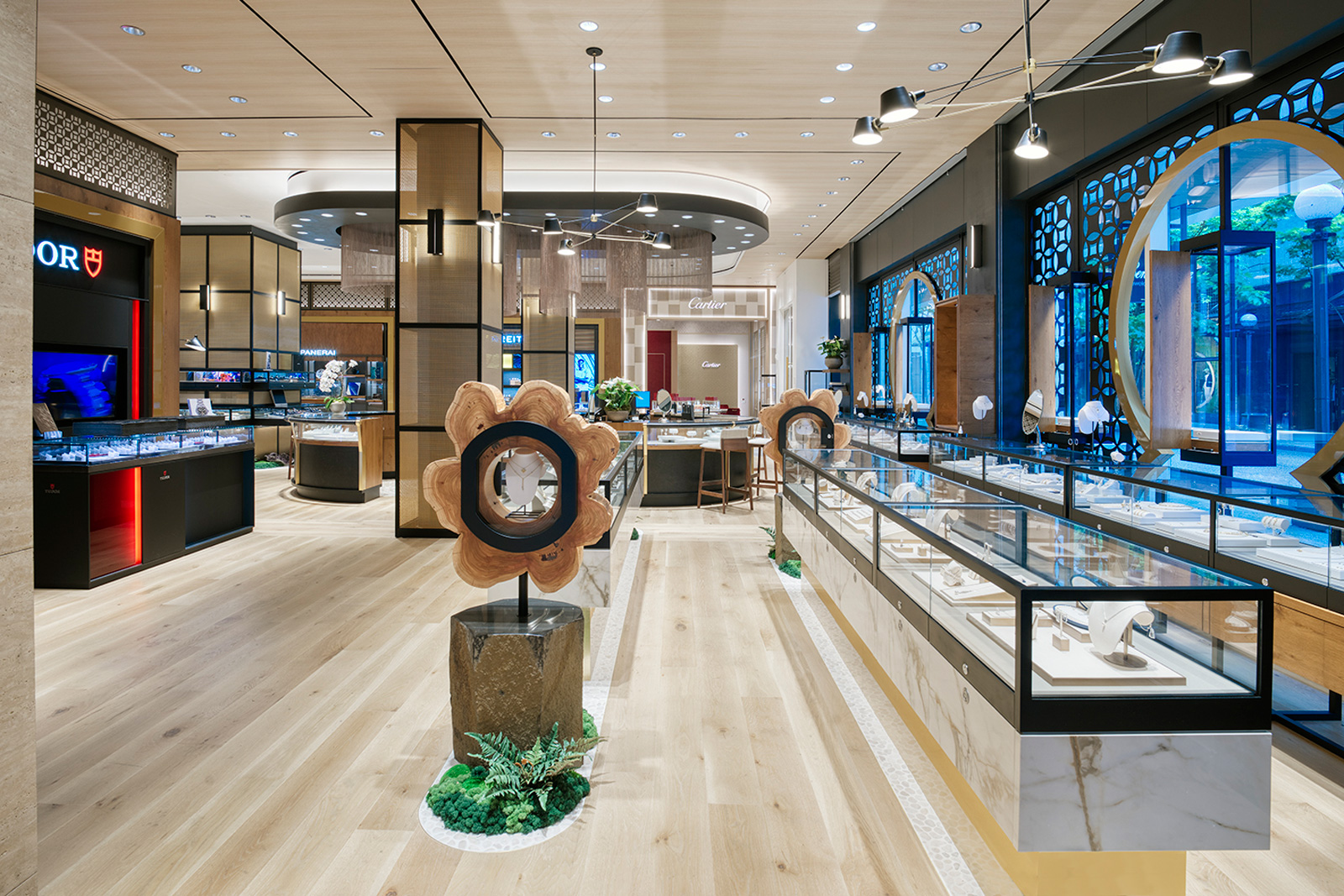
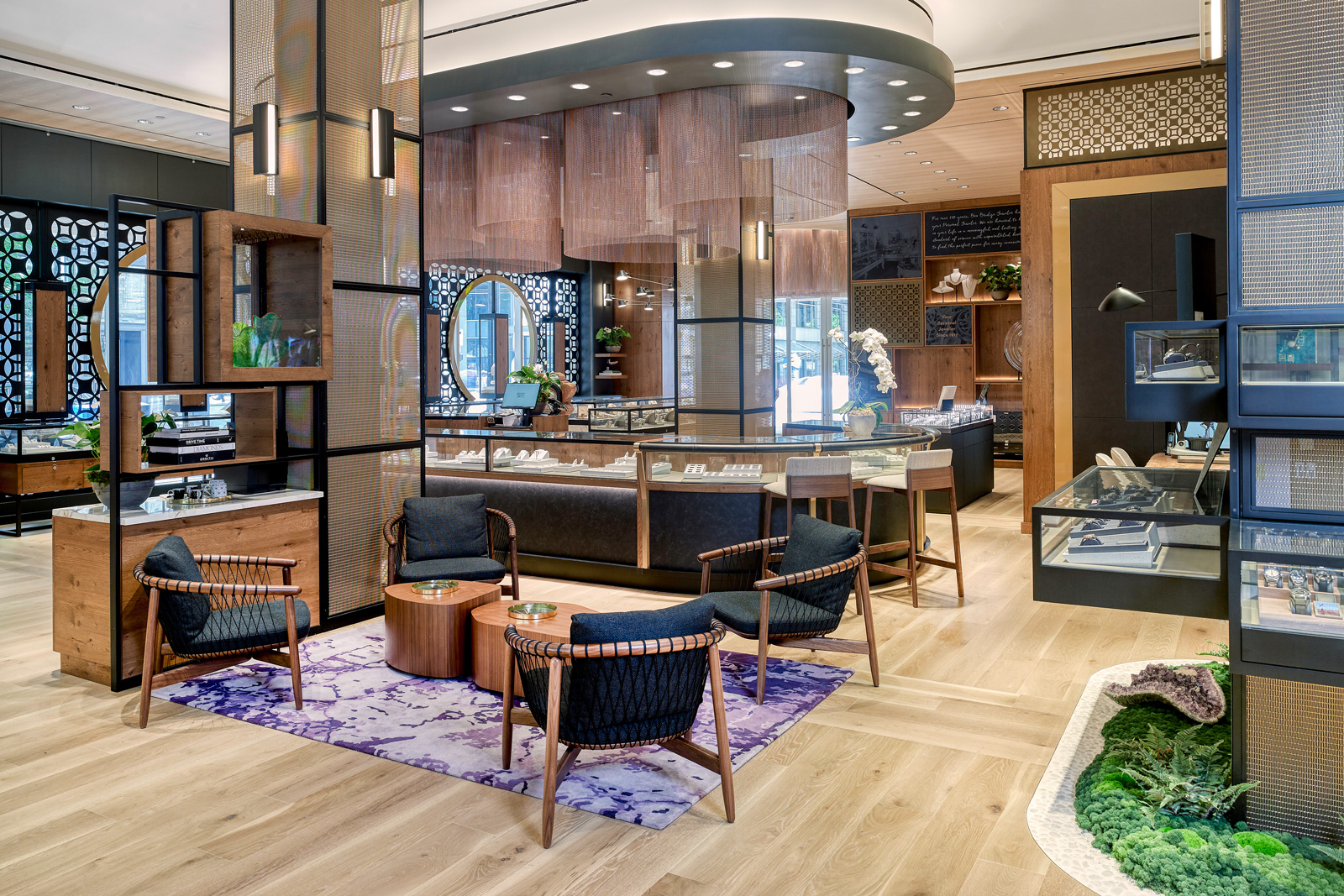
BM: Many of our readers are interested in independent watchmaking. How does a small independent brand, let’s take the example of Norqain, get into Ben Bridge? Did they approach you or do you have a team that’s out there scouting for the next up and coming brand?
LB: We‘re always out looking for what’s exciting and what’s going to be the right fit for us. Every year at Watches & Wonders we take a couple of new appointments. We always walk the floor, go see what other people are doing, see what’s out there, and try and get under the hood of what’s interesting. We have lots of friends across the industry, so we hear murmurings from them, but there’s nothing like seeing and feeling the watches.
And that could be something that’s new, like Norqain, or it could be something that we haven’t carried before and that there might be a hole in the region. We started carrying Zenith a couple of years ago and we have Zenith in our Hawaii store and now in Seattle as well. And there really wasn’t anywhere else that was carrying Zenith and it was really exciting to see what they’re doing as a heritage brand that’s very contemporary.
BM: Are those decisions centralised or pushed to the store level?
LB: It’s centralised in our watchmaking team. We have a wonderful watch buyer, Joe, who has been a part of the company for 30 years. He started in our stores and managed in at least three different states, and so really understands the experience we’re trying to offer and how we want to take care of customers, and so looks at watches with a different lens because of it.
But we’re always open to ideas wherever they come from, whether it’s from one of our stores, a fellow retailer, or even from a watch enthusiast who says, ‘Hey, you’ve got to check this out!’
BM: How do you see the secondary market impacting the value proposition of authorised dealers?
LB: I believe in selecting a particular watch because you really love it, rather than because of its eventual value is on secondary market. I think that’s something we’re going to see shift in a big way over the next year. We’re starting to see fewer people coming in with a list of hot models they’ve been told to ask for, and more people coming in to find the right piece for their wrist. As an authorised dealer, we have the knowledge and expertise to find that perfect watch.
BM: What is Ben Bridge’s current approach to the secondary market?
LB: The secondary market has gone through a huge shift in how it operates. And we have not been big players in that market until now. With the changes in Rolex certified pre-owned [CPO], that will change for us, and we’re looking forward to that.
It’s really healthy for the industry overall to have an active secondary market, certainly from a sustainability standpoint in the circular economy. So we’re excited to enter in a bigger way.
BM: You mentioned that you haven’t really played in the space yet, and might do more in the future. Are there specific risks or challenges that have kept you from doing it sooner?
LB: There’s been a lot of volatility in the market and we’ve wanted to make sure that we’re making the right move and that we have the right amount of knowledge to have a competitive offering; we want to do it right. Our time horizon is based on making sure that we have the right pieces in place to have a robust offering and experience.
BM: Has the Rolex CPO launch influenced your thinking on the secondary market?
LB: It’s great for the secondary market. As a customer, I would want to have the assurance of what it is that I’m buying. And having the Rolex CPO stamp of approval on a piece should provide a lot of assurance on what it is that you’re buying.
BM: Rolex is the biggest watchmaker in the world, and the most important brand for third-party retailers. How has representing Rolex helped Ben Bridge develop its business?
LB: We’ve been partners with Rolex for over 50 years; we’re really proud to have a wonderful, long, rich partnership and continue to grow and evolve that.
For example, the projects that we have built together this past year like opening our new flagship store in Seattle and a prestige Rolex boutique in Ala Moana in Hawaii. These were both generational projects we’re really thrilled with what we created. The boutique in Hawaii even has a beautiful Rolex surfboard within the store, and people constantly ask to buy it!
BM: How did something like that surfboard come to exist? What is Rolex’s role in that design process for a new store?
LB: We work closely together, and share the vision for what a particular store can be and should be, and then work on the plans together. The surfboard was part of the design process with Rolex and was made by our mill worker.
BM: Finally, will you be attending Watches & Wonders in April?
LB: Absolutely, I wouldn’t miss it! You know, Baselworld was wonderful, but Watches & Wonders has a totally different feel to it.
Back to top.

